Mostly auto-colorized photos of Duluth and Northern Minnesota
During the pandemic, I colorized six early Duluth photos, which was absurdly time consuming but seemed like as good of a way as any to spend some evenings inside. A friend of mine recently informed me that Adobe Photoshop now has a tool that will colorize photos automatically with far better results than my drawing over pixels method. He was somewhat correct.
For portraits, the tool works remarkably well, likely because it was designed for old family photos. For everything else, it’s a bit of a gamble. For background details in particular, the tool behaves a bit like a child coloring with a crayon in their fist. Any area of the photo without clearly defined edges gets the same color. This happened to some degree in all the photos, which meant that I still needed to use the pixel coloring method to clean things up a bit. But while the six photos that I did before took weeks, I was able to colorize these dozen photos over a weekend.
I think the results do look better than what I had done by hand, but I also specifically chose photos that matched the tools capabilities: photos of people. I tried to include photos that also included local contextual elements, so they tell a story of time and place as well of specific people. The photos are organized by general theme below.
People in identifiable Duluth locations
I wasn’t able to find many of these, but the ones that I did find definitely evoked a specific sense of place.
Duluth Belt Line Railway, ca. 1900
I’ve seen quite a few posts on the old incline railway at Seventh Avenue West, but I wasn’t familiar with the West Duluth Incline, which seems just as notable.
The Jeffery Family, ca. 1895
West Duluth Funeral Procession, 1915
Portraits
The program does quite well with individual faces. There were a lot of photos of old mayors that I could have colorized, but I found these two portraits a bit more interesting.
Sarah Burger Stearns, 1895
According to Minnesota Reflections, Stearns was an advocate of women’s suffrage and was the first woman to serve on the Duluth School Board.
Pearlie Day, 1916
This is one of numerous pictures taken by Stella Prince Stocker in 1916 during her travels around Minnesota. As described on Minnesota Reflections, “Stocker, a musician and music educator, studied American Indian music among the Ojibwe people in Minnesota.”
Sports
Because they all involved people posing in the foreground, the program worked great for these sport-themed group photos.
YMCA Basketball Team, 1898
And I’m including a second basketball team because I’m pretty sure the man on the left is the same player and I thought it was interesting how the two photos together suggest a forgotten history of early Duluth basketball.
Duluth Basketball Team, ca. 1900
Double Ball, Grand Portage, ca. 1885
This photo is from outside of Duluth but I liked how it captured a specific moment that reflects the general complexity of northern Minnesota history. A description of the native traditional women’s sport of double ball or cha ha can be found in this video.
Duluth Cycle Club, 1895
This cycling photo is just beyond the limits of what the auto-colorization could handle. It only colored the foreground and I had to go back to the old method to add at least a little color to the background.
Ice Hockey Team, 1900
And, of course, hockey.
Landscape: North West, ca. 1909
This one photo had enough large objects with basic colors for the program to handle it, even without any faces.
From the archives: Men with Sled Dogs, 1869
A few years ago, I spend some time using digital tools to create a restored version of the photo below. With this colorization, I think it’s now pretty far from the original version. Still, as one of my favorite early Duluth photographs, I thought it would make a nice final image for the post, even if I have increasing doubts about the accuracy of its given caption.
Recommended Links:
Leave a Comment
Only registered members can post a comment , Login / Register Here


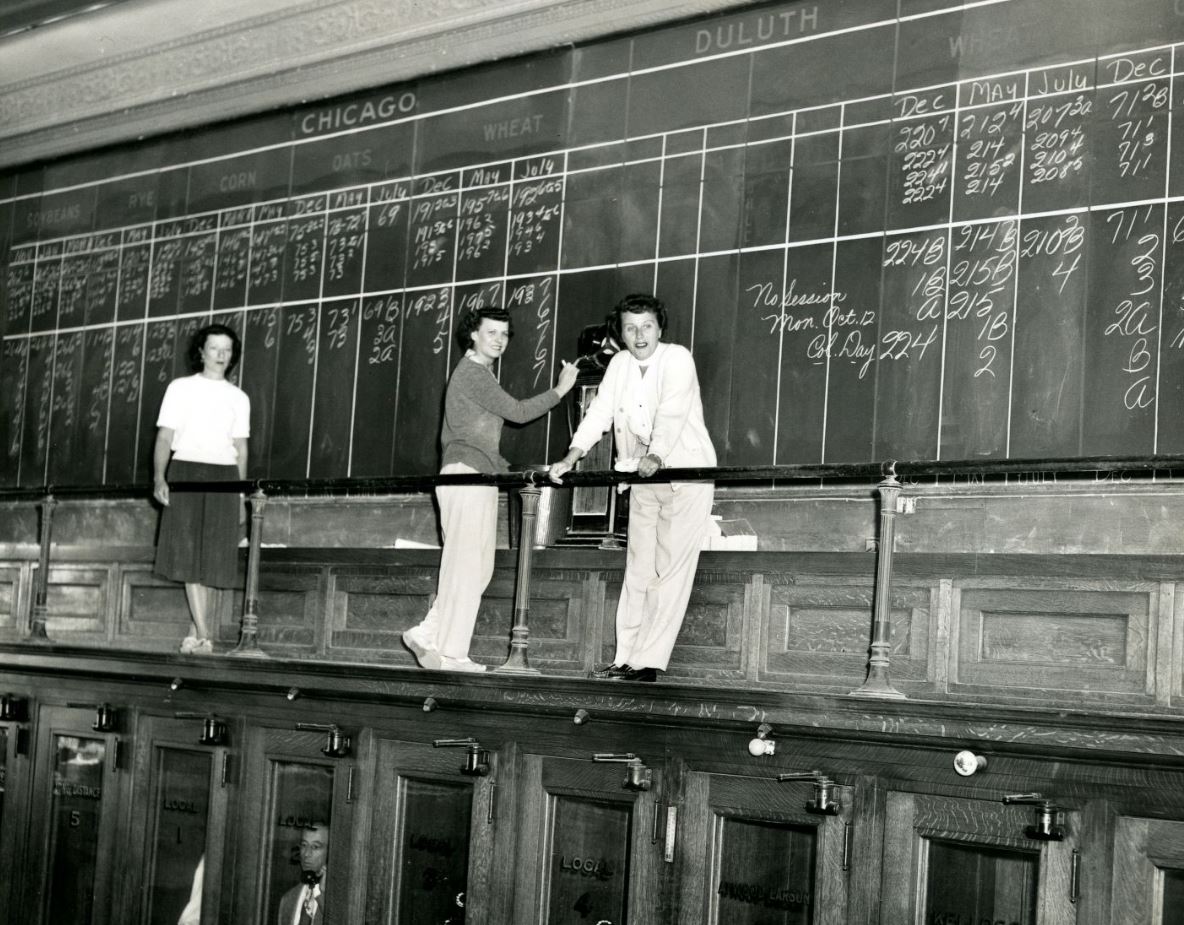
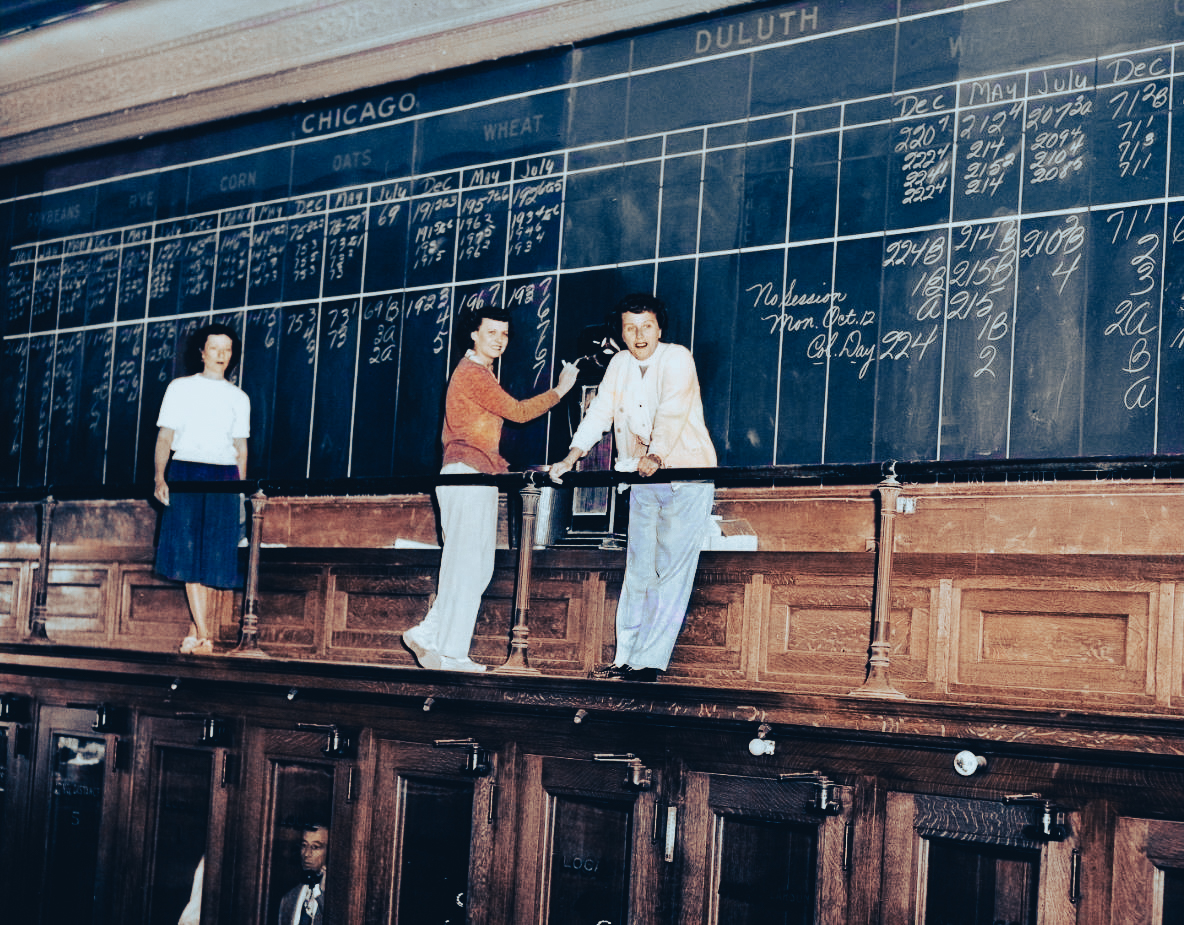

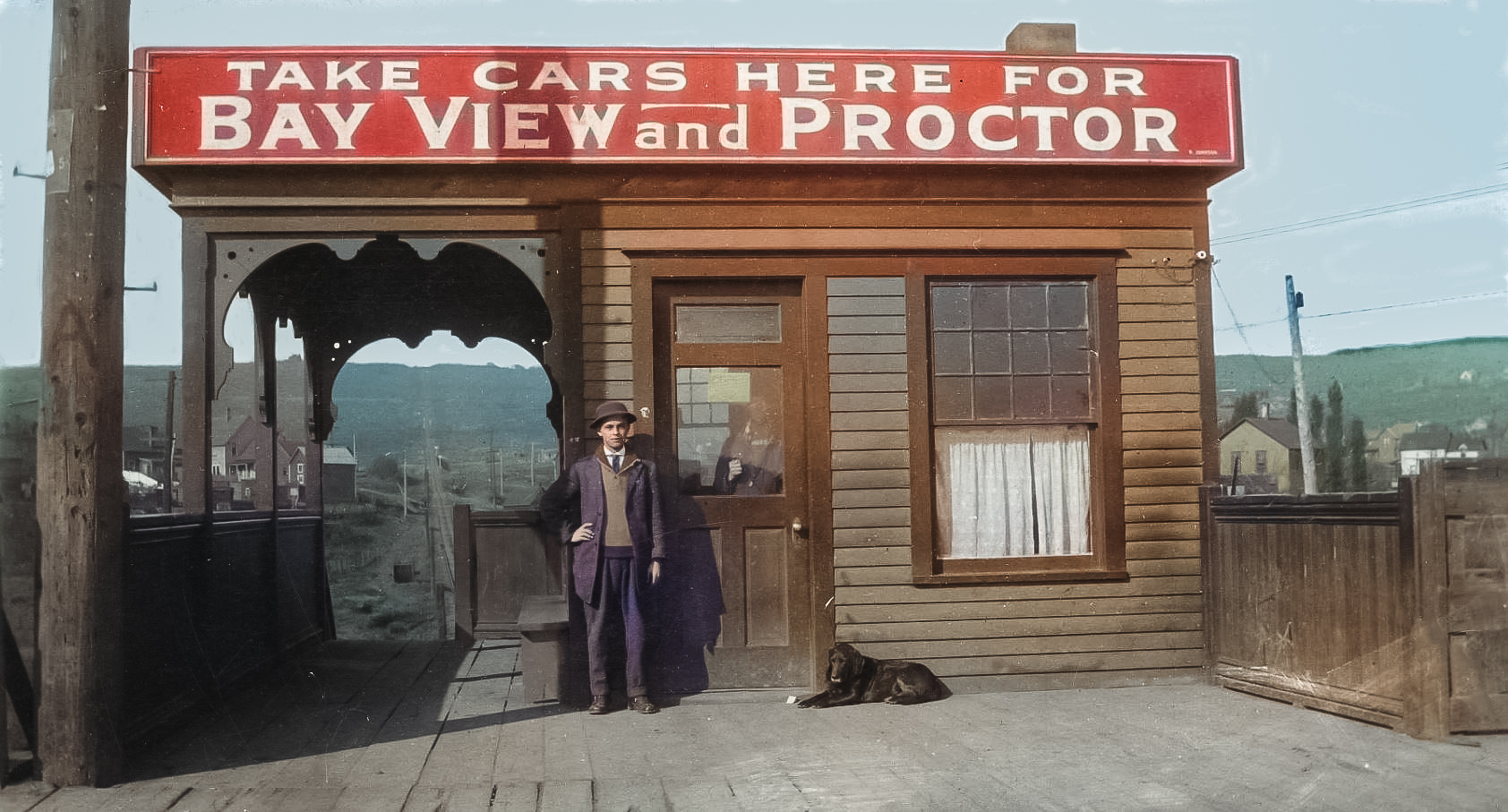
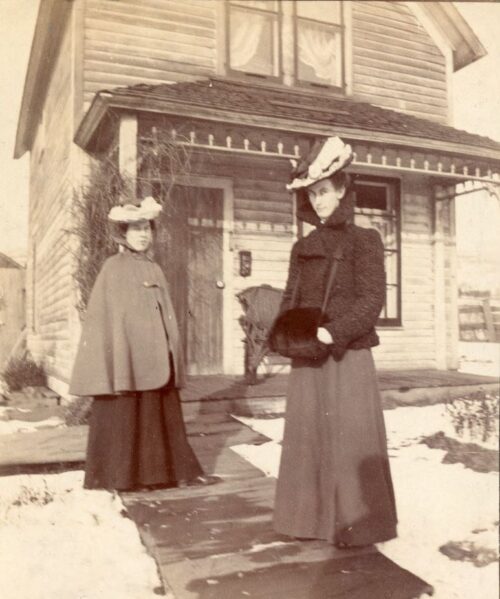
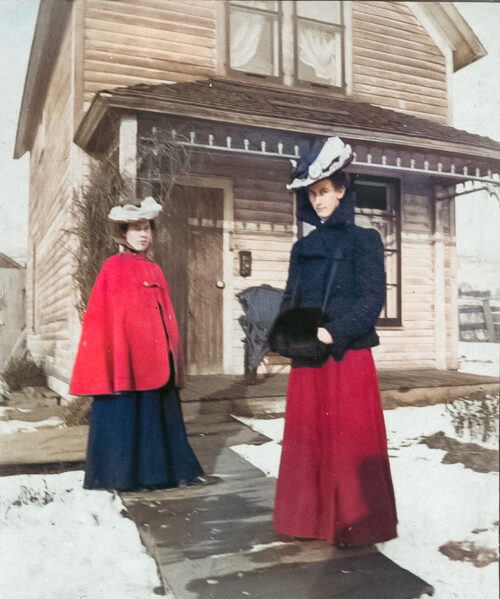
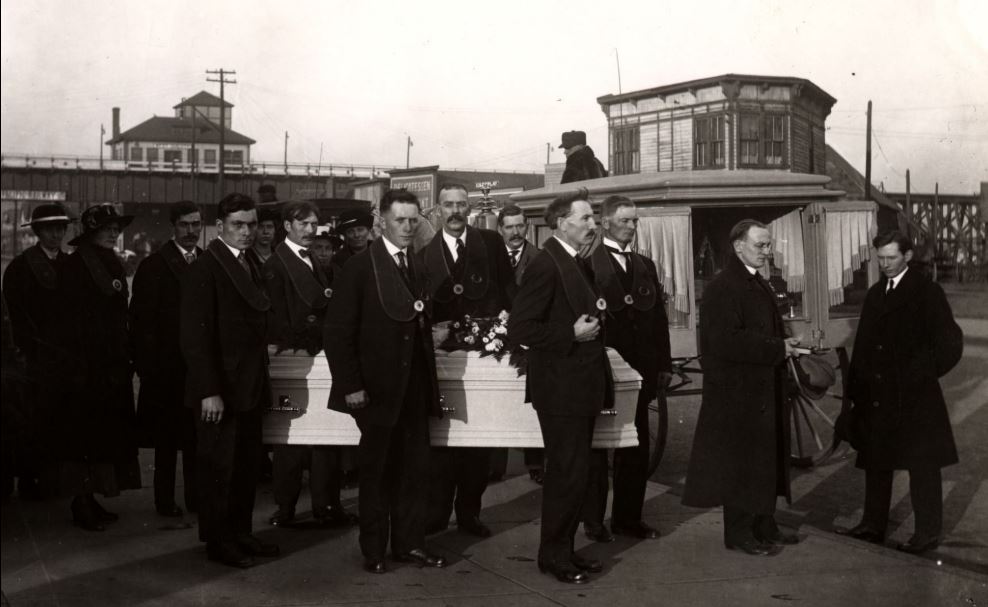
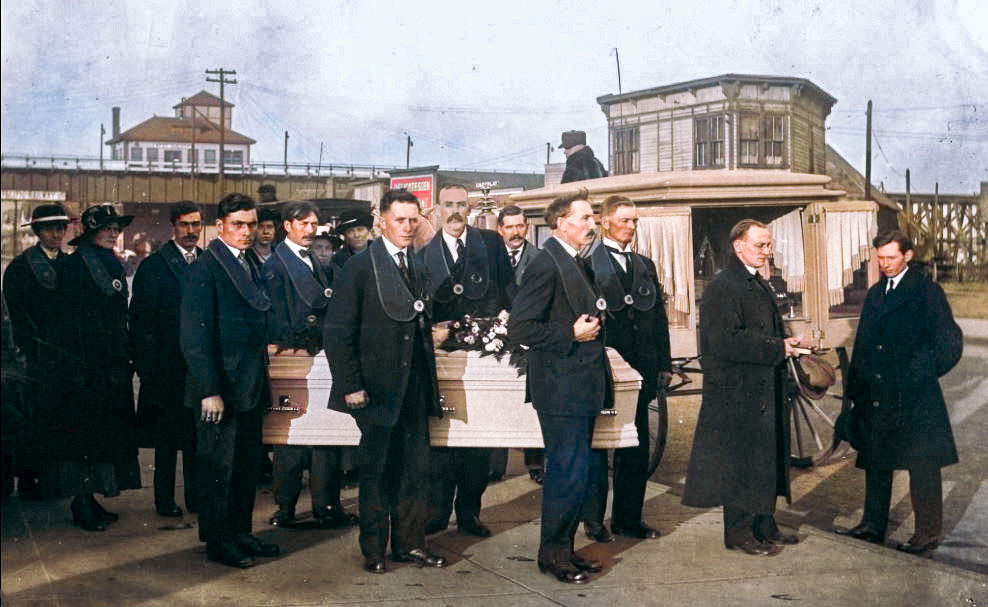
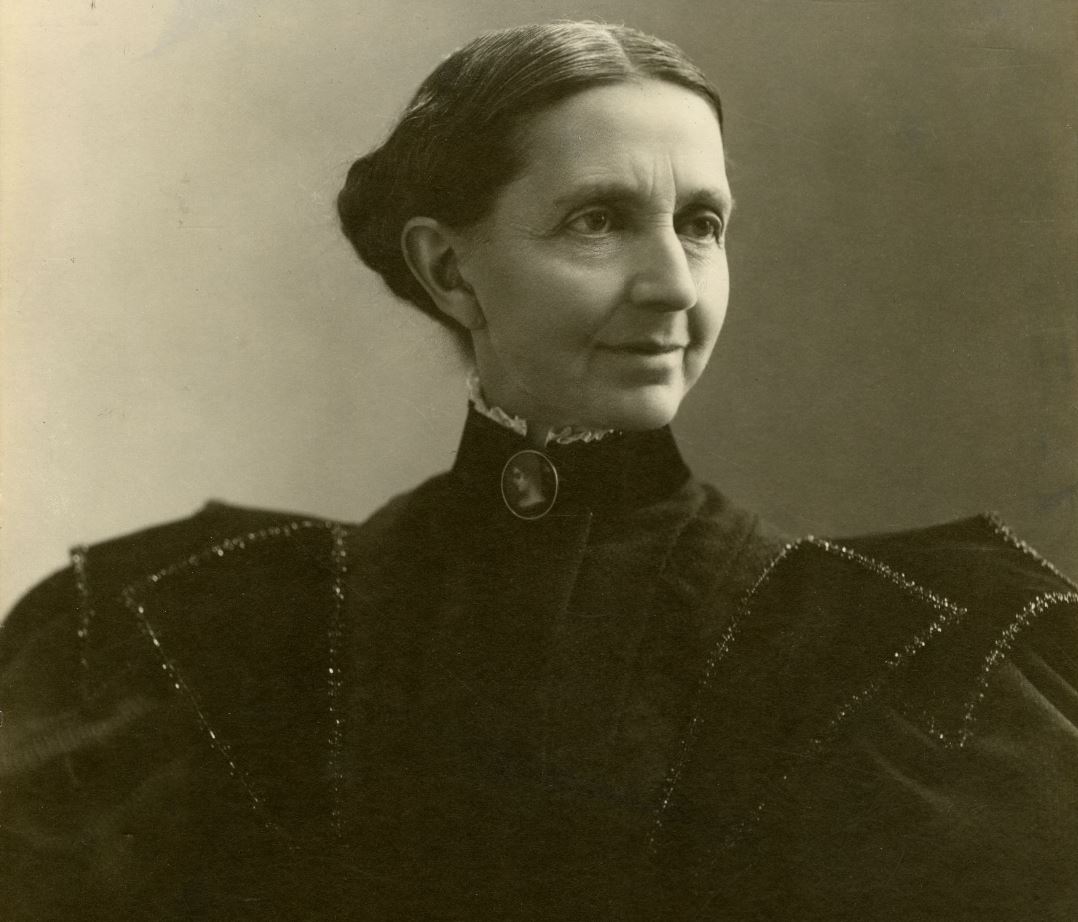
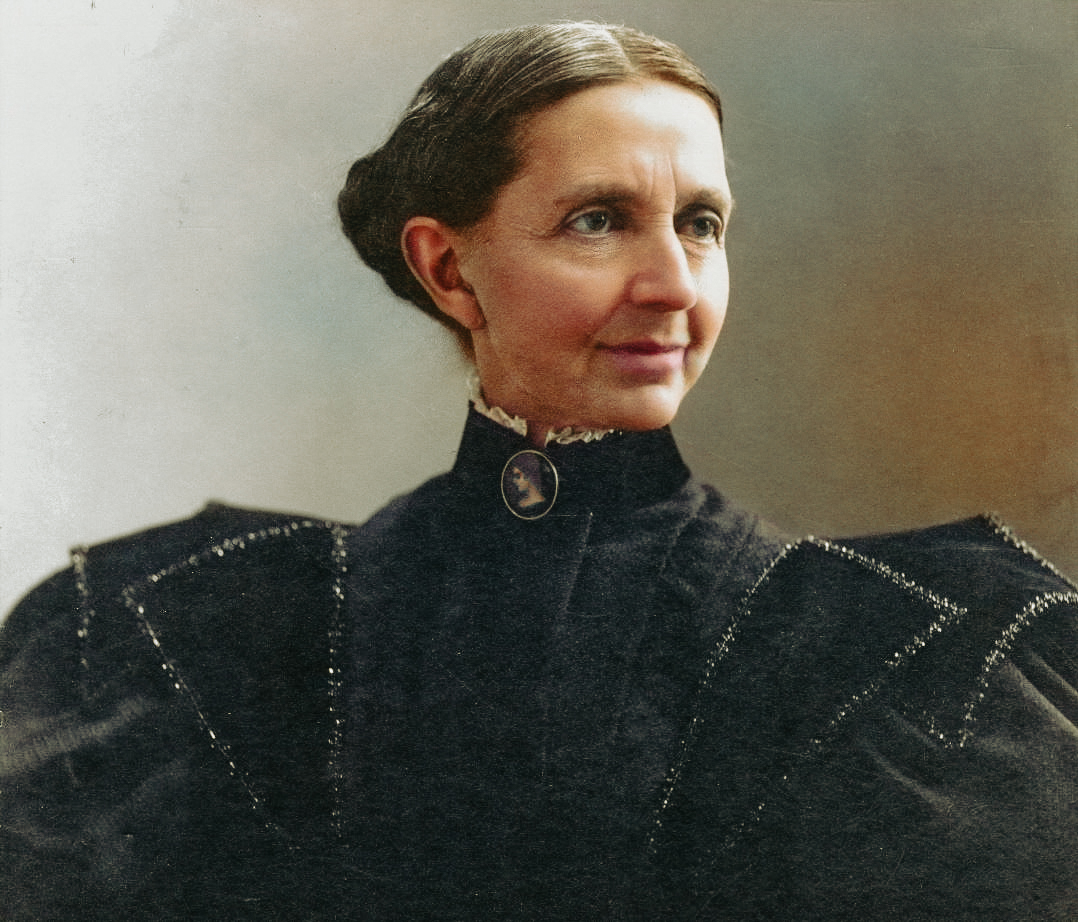
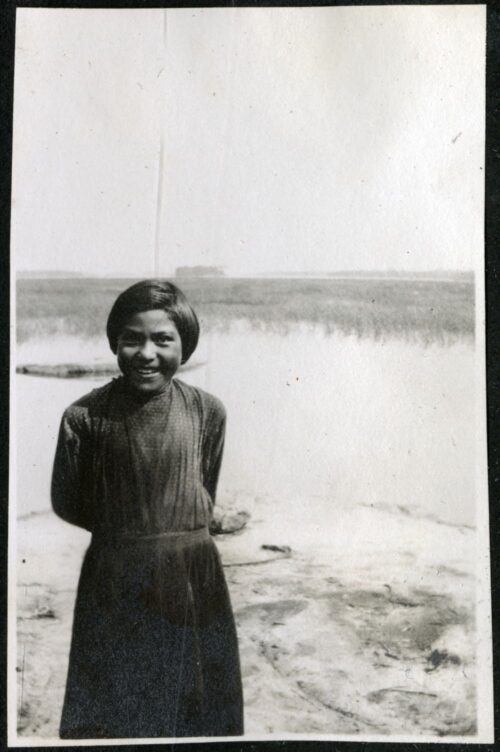
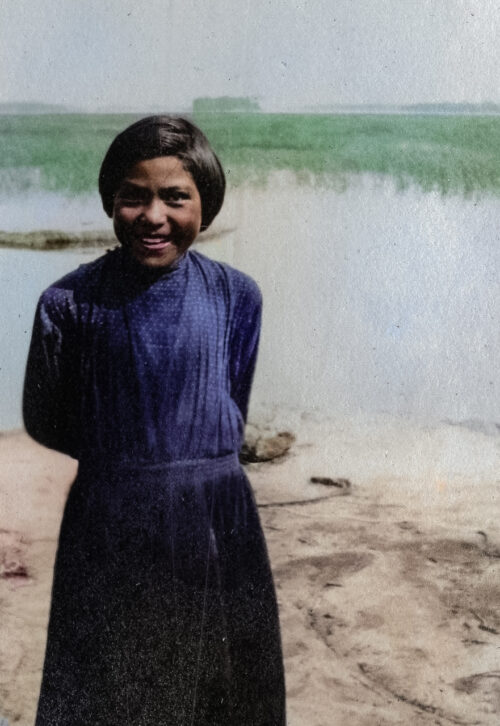
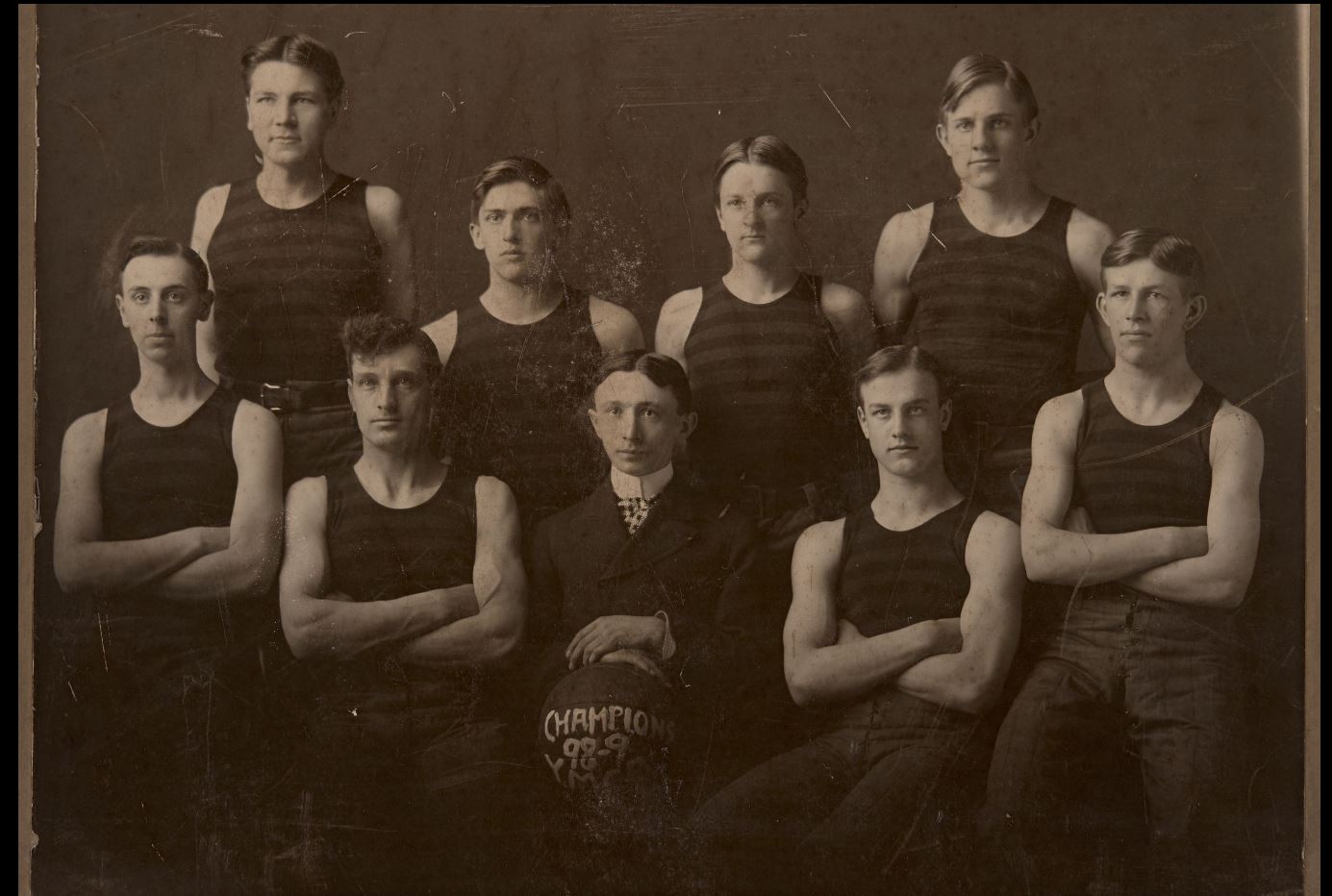
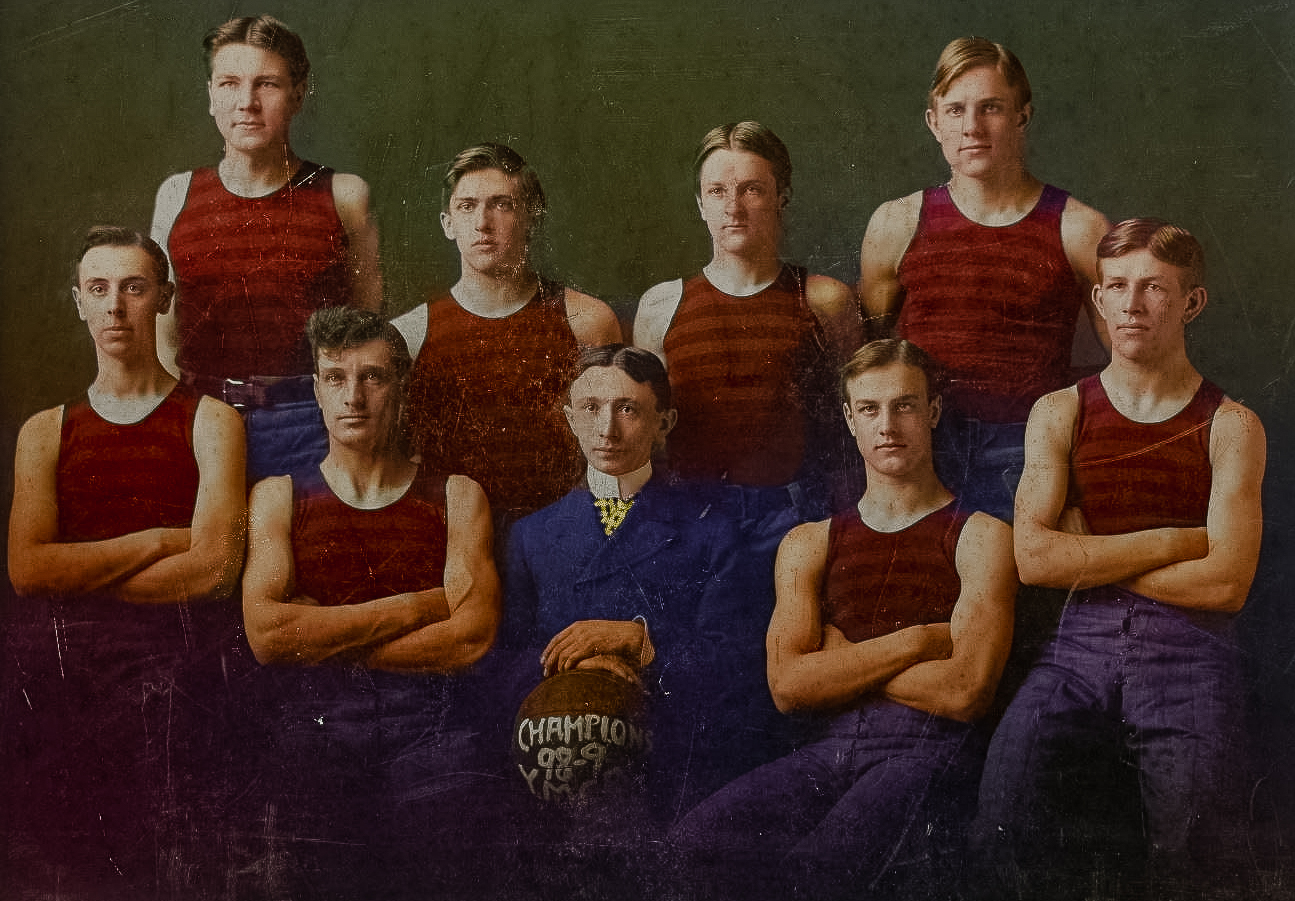
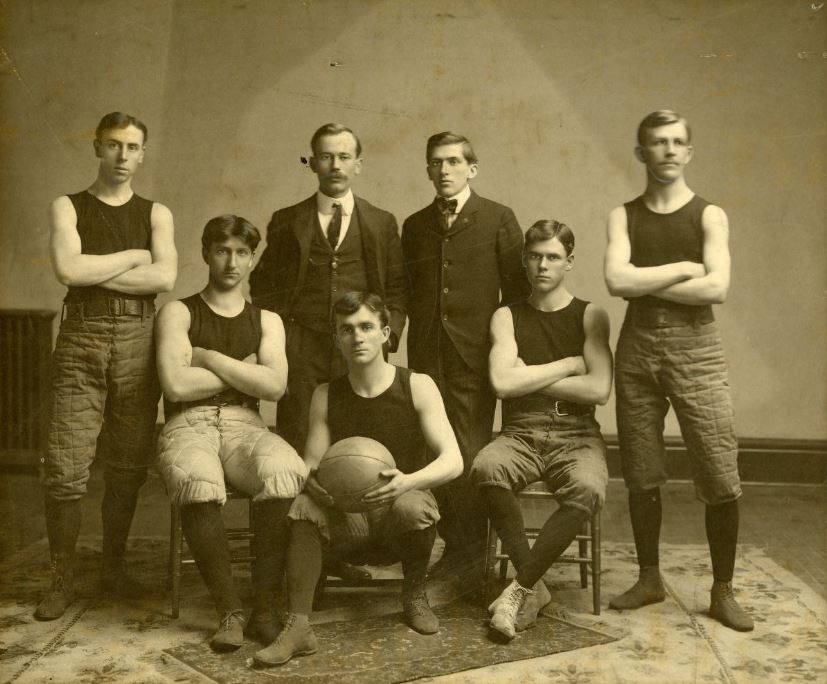
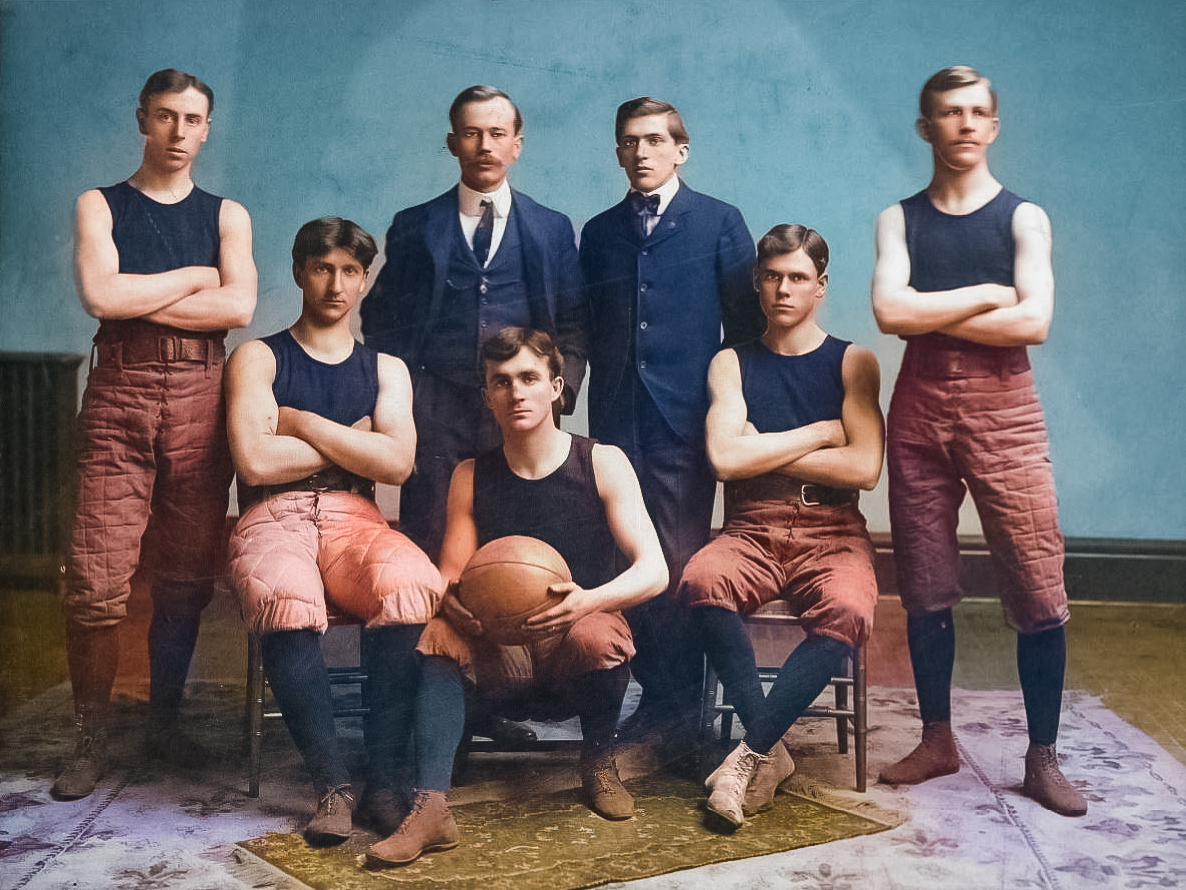
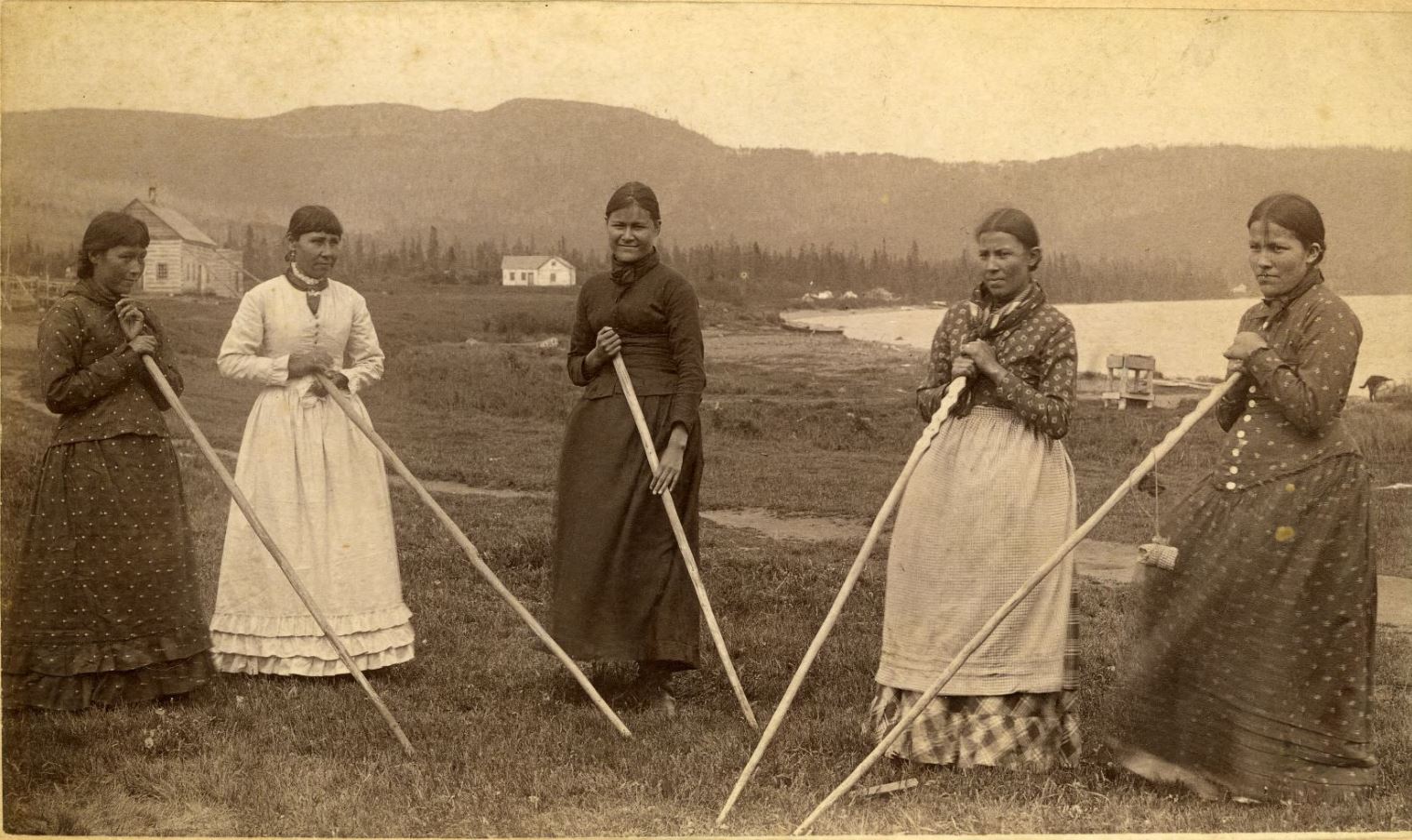
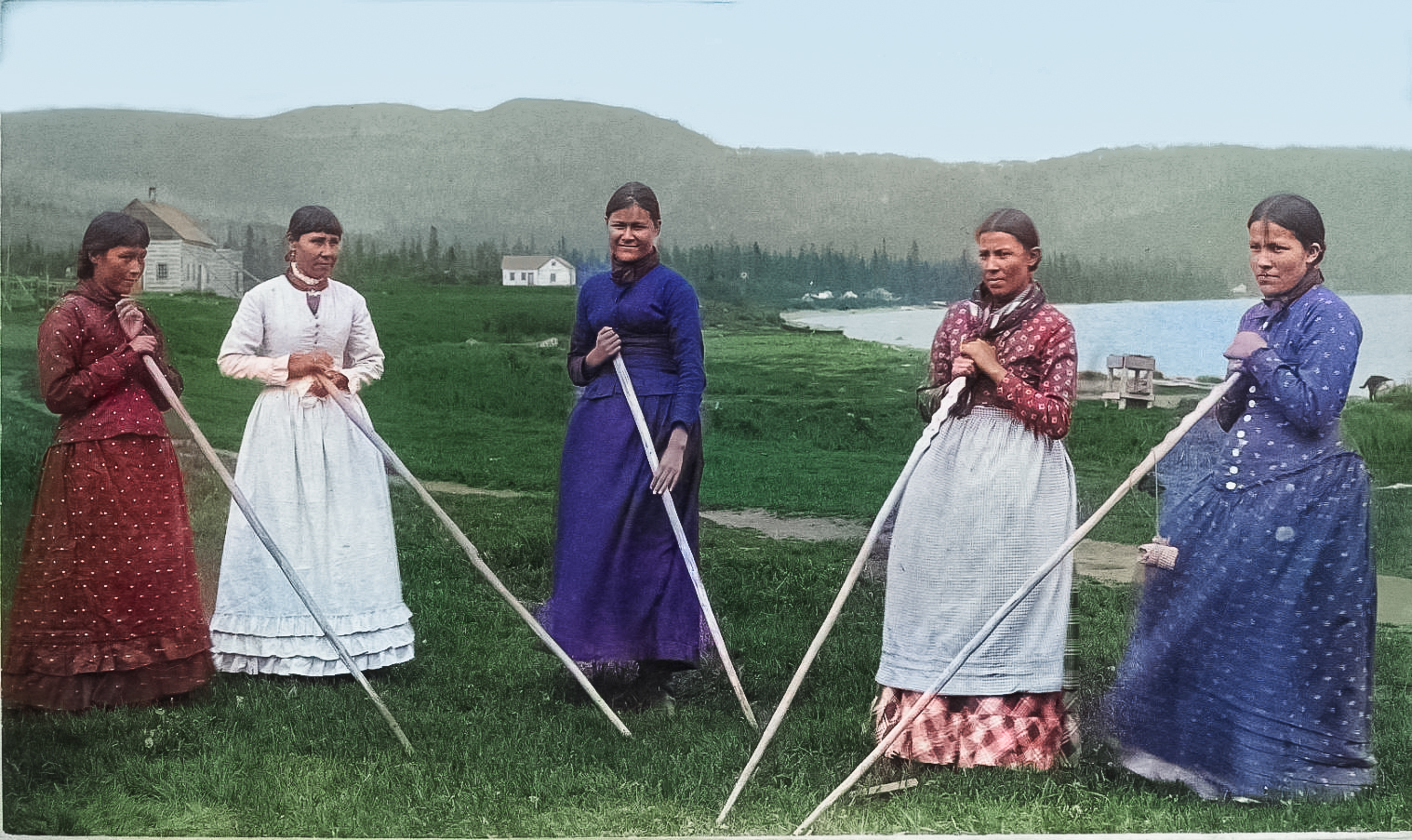

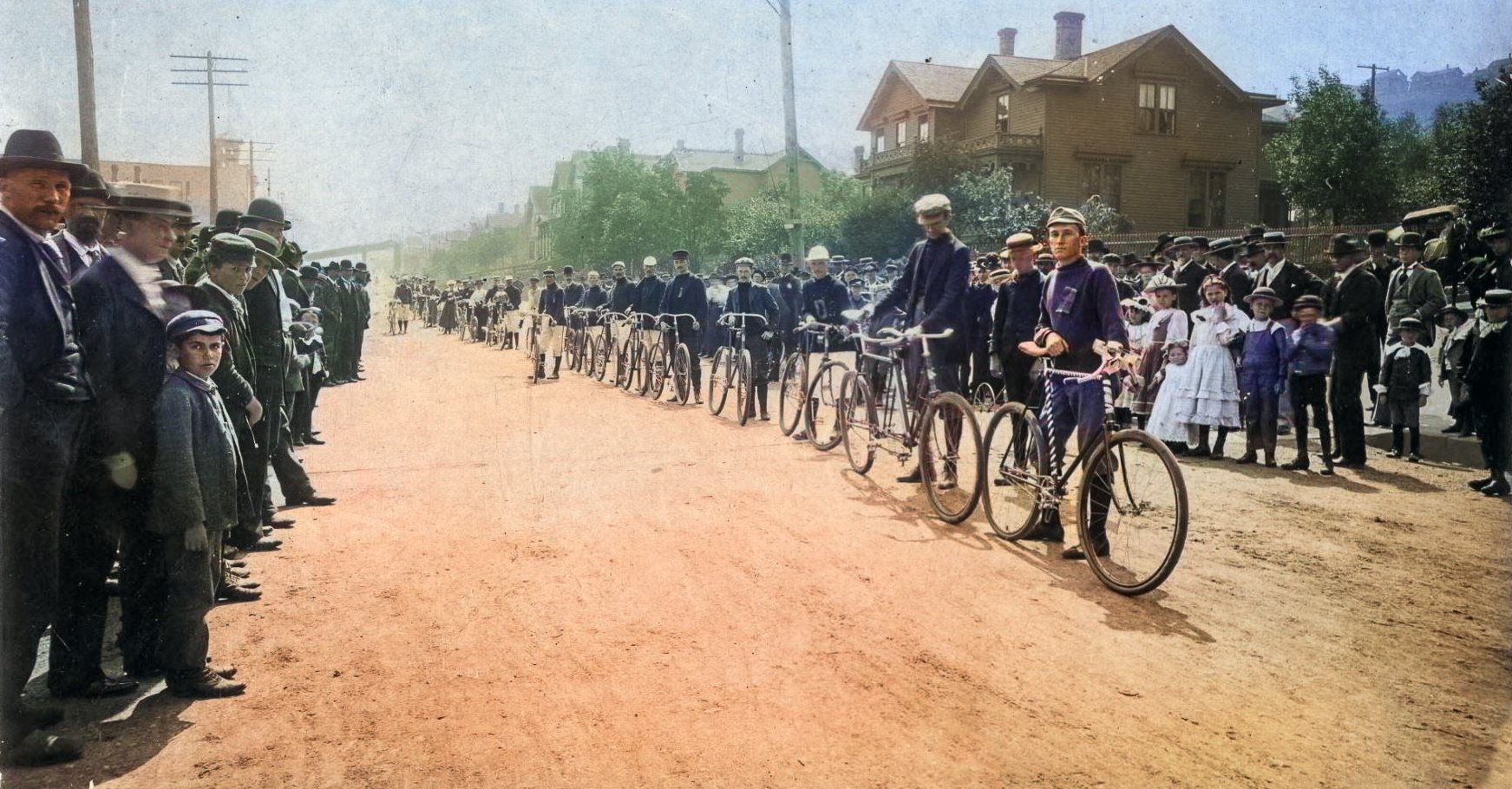
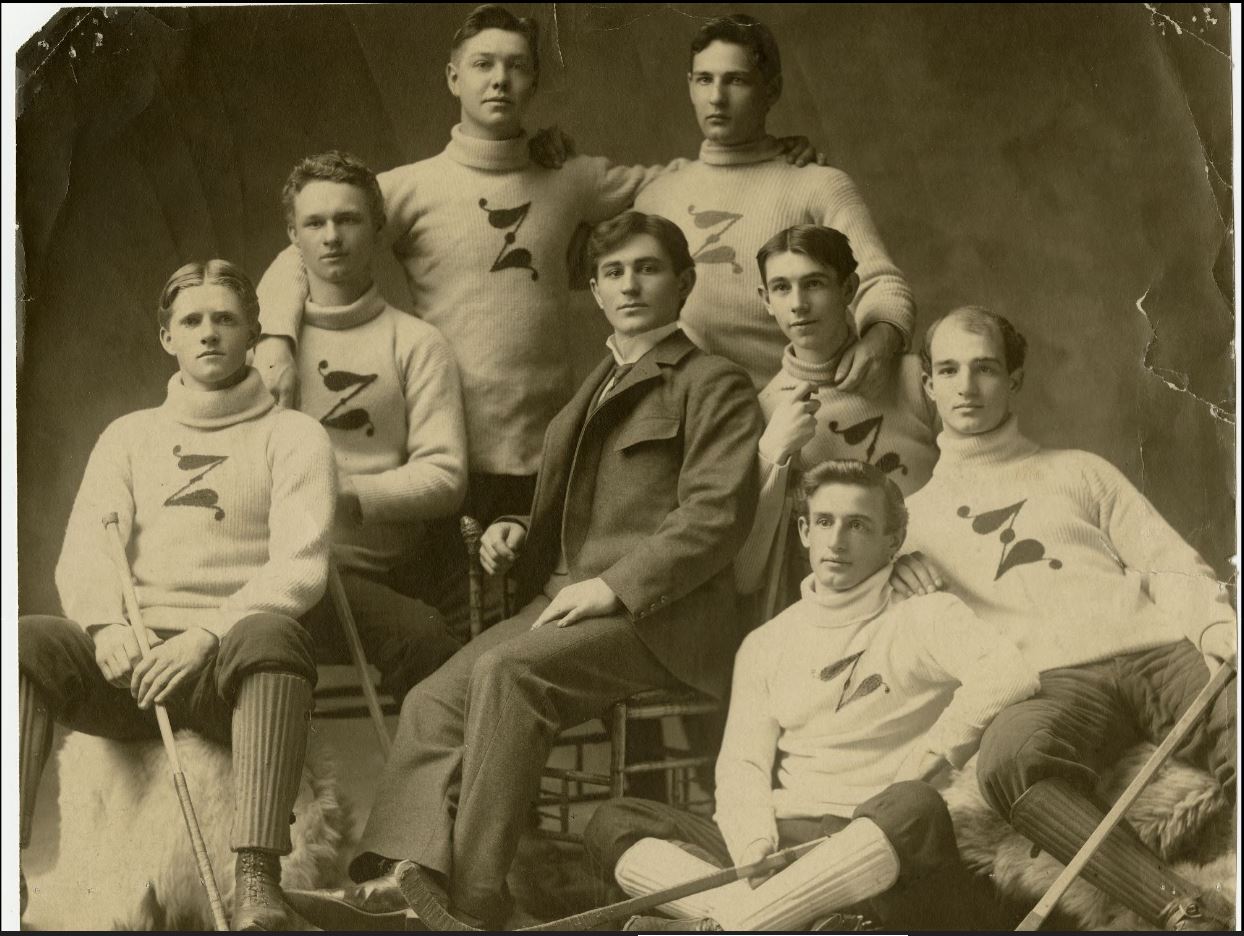
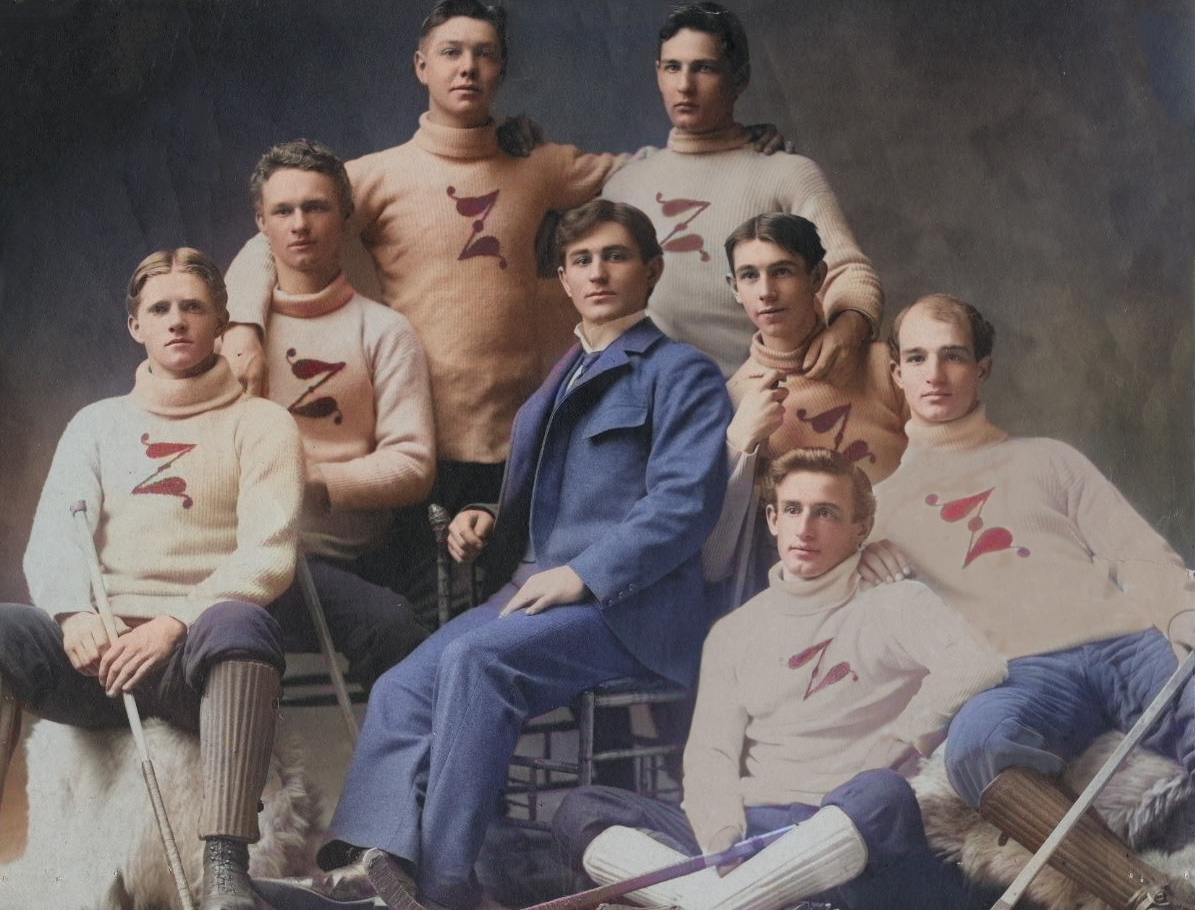
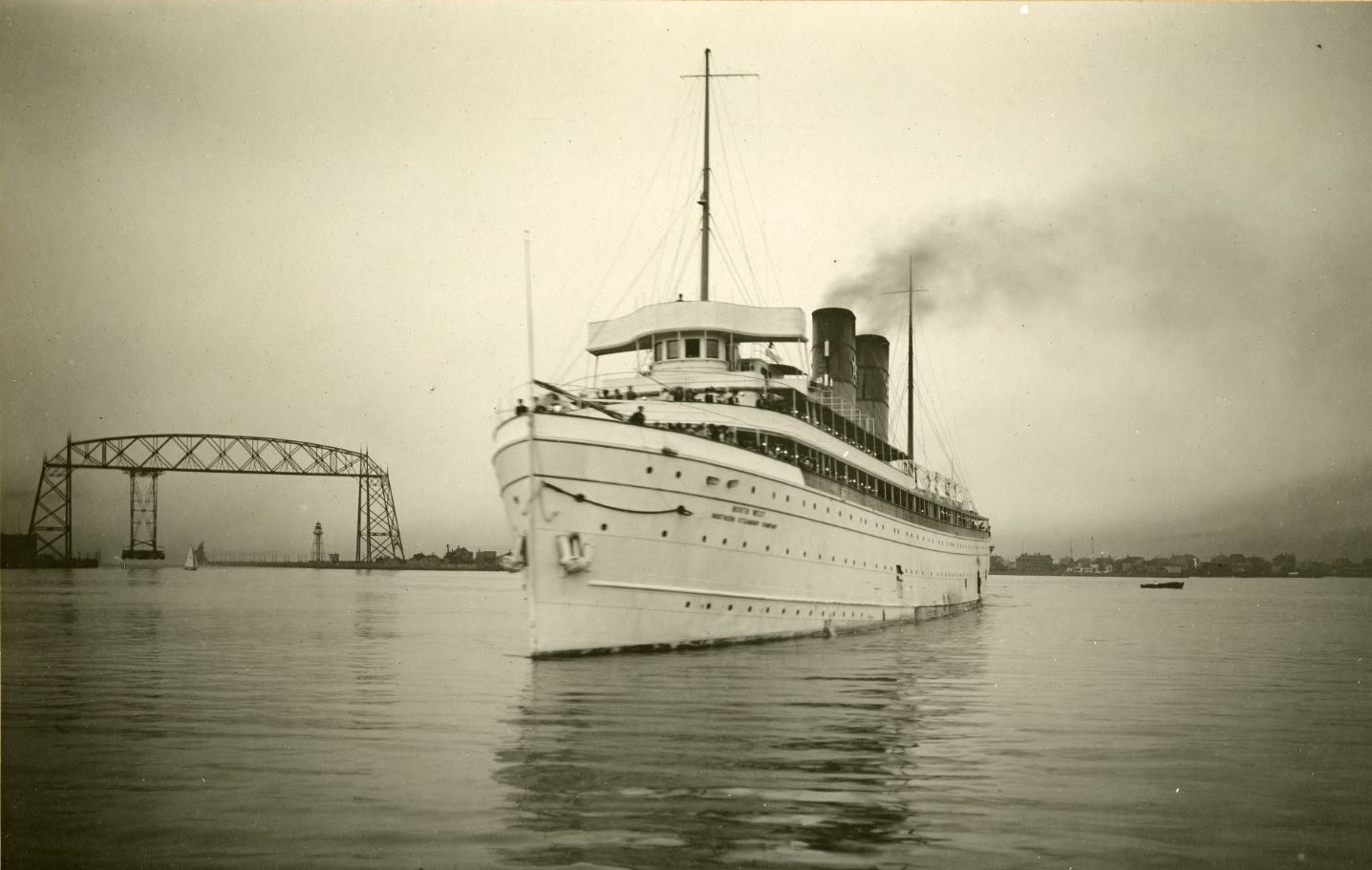
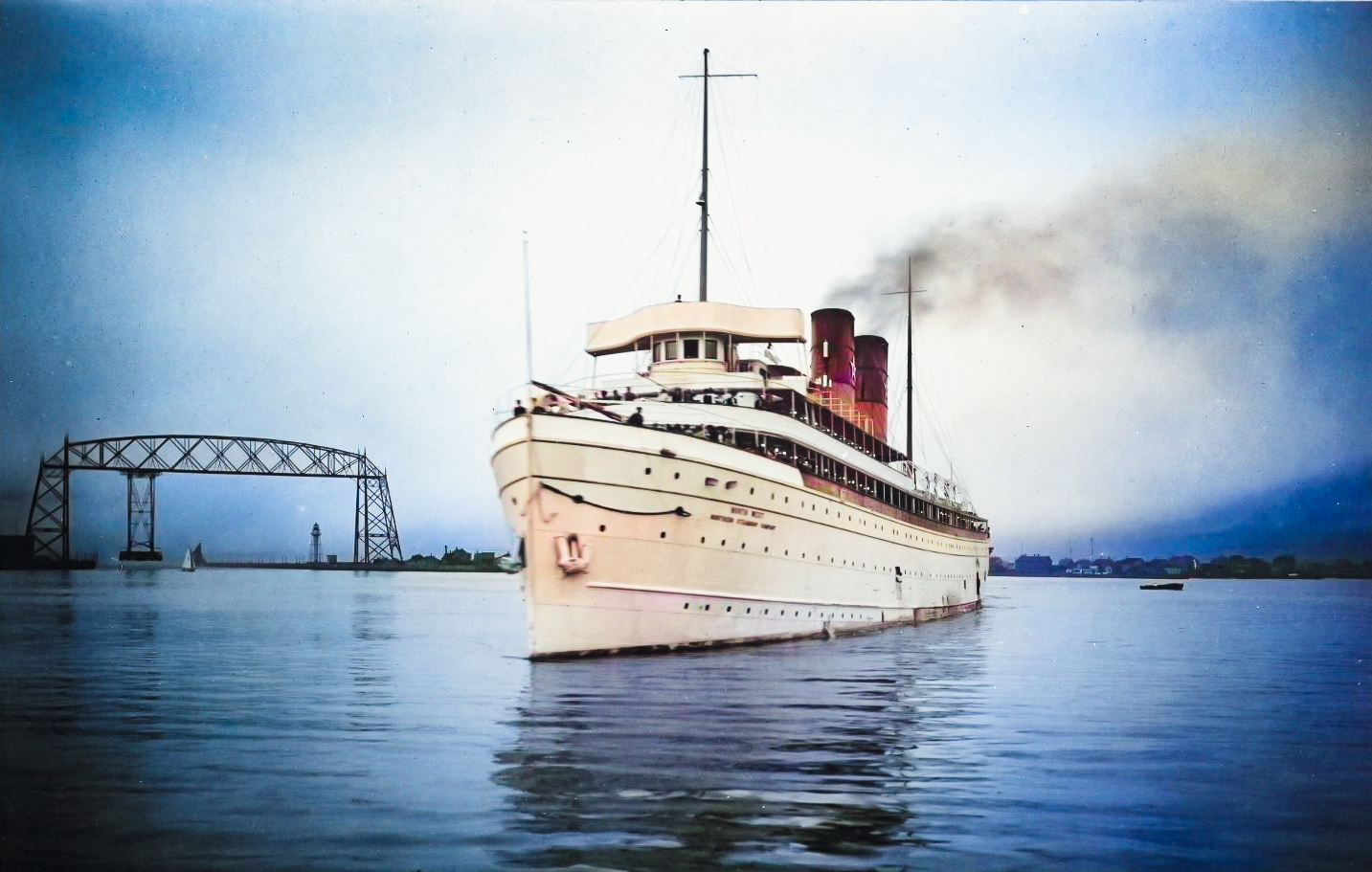
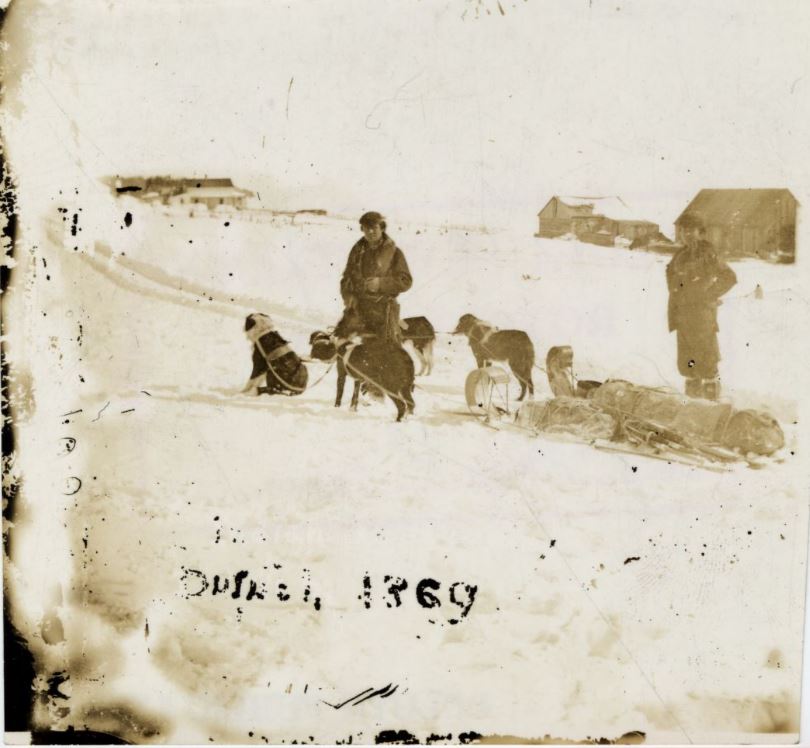


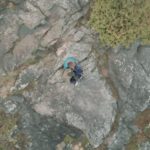
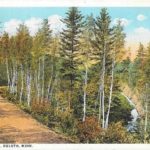
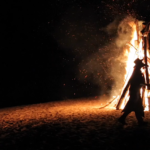








4 Comments
Ghist1
about 2 years agolager_man
about 2 years agoMatthew James
about 2 years agoGrant K
about 2 years ago